
OR
#OPINION
Ensuring Food Safety Amidst Challenges
Published On: July 26, 2024 08:40 AM NPT By: Bharati Adhikari

More from Author
Kathmandu is renowned for its heritage and historical significance, attracting many tourists. The capital city offers an enormous variety of traditional and continental cuisine from many ethnic cultures and nations. Among these, Newari cuisine is highly favored. The Newari community is well-known for its ritual festivals, or "Jatras" (religious fairs that may or may not involve chariot pulling, musical instrument playing, Lakhe dancing, etc.), followed by carnivals. Large-scale food service operations are typically found in locations that host large crowds, such as food fairs, festivals, ceremonies, receptions, stadiums, and conference centers. Additionally, Kathmandu continues to be the nation's culinary center, serving a wide variety of cuisines to both domestic and international visitors. Food safety is thus a fundamental component of the food chain. Effective food control systems enhance the reputation and trustworthiness of a region’s food products, benefiting both local and international markets, especially in a historic and culturally significant city.
The food safety situation in Kathmandu has seen a mix of improvements and ongoing challenges. The Nepalese government has introduced new food safety standards to prevent food contamination and adulteration. These standards include permissible limits for heavy metals in foods and specific guidelines for infant cereals, aimed at aligning with international standards. However, enforcement remains an issue. In the fiscal year 2022-23, Nepal's food safety supervisory body filed 121 cases against various firms for exceeding permissible limits of adulterants and violating food laws. This number has skyrocketed from previous years, indicating a growing problem with food safety violations. Major companies like Unilever Nepal and Salt Trading Corporation have faced action for such violations. The Kathmandu Metropolitan City government has also taken steps to address food safety issues. It has conducted inspections and imposed penalties on some industries and restaurants for food safety violations. The city has initiated an awareness campaign targeting sellers of loose milk and unlabeled packaged dairy products.
Challenges to food safety include personal hygiene, insufficient availability of safety tools (such as clean aprons, masks, hairnets, and gloves), food hygiene, lack of safety measures, inadequate potable water, refrigeration temperature issues, improper storage techniques, cross-contamination, and unclean conditions in food preparation areas. Even government hospital canteens face these issues, impacting patients who rely on safe food consumption. Despite these challenges, there have been positive advancements. Some hotels have received an 'A' grade for food safety, indicating adherence to excellent food handling, preparation, storage, and serving practices. Increased enforcement and consumer awareness are needed to further improve food safety. Activists and academics emphasize the need for a modern regulatory framework that includes quality assurance and preventive measures to safeguard public health.
Global foodborne illness rates are on the rise, and food trade is sometimes hampered by disputes over food safety and quality standards. By implementing best practices for food safety, establishments can mitigate the likelihood and impact of food safety incidents, lower the risk of foodborne illness, protect patrons from tainted, unhygienic, mislabeled, or adulterated food, and maintain patron confidence in the food system. They can also promote economic development by providing a strong regulatory framework for domestic food trade. A science-based food control system that protects consumers, supports international food trade, and harmonizes food safety and quality standards is essential. Rapid urbanization and lifestyle changes necessitate better consumer awareness and information about food safety. Addressing food contamination and implementing preventive measures can mitigate health risks and protect consumer confidence.
Effective food safety management involves shifting from a reactive to a preventive approach, focusing on good practices and food safety management systems. Monitoring and auditing programs are at the core of the enforcement system. Previously, inspection activities focused on sampling and testing end products to determine compliance with regulations. It is now considered more efficient to focus inspection activities on ensuring compliance with systems for good practices (Good Manufacturing Practices, Good Hygiene Practices), and Food Safety Management (implementation of general principles for food hygiene and HACCP-based approaches) that can minimize the occurrence of food safety problems. This shift from a reactive to a preventive approach is now considered a general strategy.
To employ this new tactic, food inspectors need to develop new skills, such as the ability to analyze processes and assess the relevance and efficiency of different paths to reach a food safety outcome, rather than merely checking for compliance with prescriptive provisions. Inspection primarily ensures that operators in the food business adhere to regulatory standards, whereas monitoring programs aim to systematically gather information on food safety in a specific context, providing a comprehensive view of the situation. In addition to non-regulatory (training and sensitization programs among food business operators and consumers) and regulatory (explained in new regulations) approaches, monitoring programs also provide data used in risk-based planning, enabling more focused programming of inspection activities and policy-level decisions. A single serious food safety event can significantly damage the reputations of restaurants, hotels, and food manufacturers and processors; it may take years to rebuild trust and relationships. Fortunately, most food safety issues can be prevented, especially with careful handling.
Top-notch building monitoring relies on a strong risk analysis framework to prioritize hazards and direct resources effectively. Key skills include data analysis, risk assessment, and using advanced inspection tools. Choosing the right sampling plans and techniques is crucial for accurate detection and impactful outcomes. Focusing on the highest risk points in the food chain minimizes unnecessary inspection and testing costs for operators, promotes a preventive rather than reactive food control strategy, and optimizes the efficiency and resource use of food control inspections.
Food safety and quality can be confusing. "Food safety" includes all possible risks—acute and chronic—that could impair a consumer's health through food consumption. "Food quality" encompasses additional attributes that influence a buyer's perception of a product's value, such as the food's origin, color, flavor, texture, processing method, and any positive or negative attributes, including rotting, dirt contamination, discoloration, and off-odors. Distinctions between safety and quality impact public policy and help identify necessary components of the food control system to meet national objectives. Consumer protection focuses on ensuring that consumers receive high-quality products and services, offering legal recourse to assert their rights, and compensating them for harm or injury. The Consumer Protection Act defines "goods" as those produced, transported, hoarded, stored, or sold without meeting the prescribed standards.
Food control is a regulatory activity that local authorities must enforce to protect consumers, ensuring that all foods are safe, wholesome, and suitable for human consumption during production, handling, storage, processing, and distribution; meet safety and quality standards; and are truthfully and accurately labeled as required by law. Foodborne disease outbreaks involving agents like Salmonella, Vibrio cholerae, Escherichia coli, and chemical contaminants highlight the need for proper food safety and hygiene. Other issues include improper or inadequate storage, misuse of chemicals, contaminated raw materials, and lack of preventive controls in food processing and preparation operations. Microbiological risks, pesticide residues, improper use of food additives, and chemical pollutants, including biological toxins, have historically been major concerns. To effect changes, food control mechanisms need significant enhancement and regulation. Developing nations must implement and uphold a food control system built around contemporary risk assessment concepts. All food produced, processed, and sold domestically, including imported goods, should be covered by food control systems. These systems should be legally required and have a statutory foundation.
Various local, provincial, and federal entities share responsibility for food control. These authorities often have varied tasks and responsibilities, leading to a lack of coordination, scattered surveillance, and duplication of regulatory work. The experience, resources, and accountability levels of these agencies can vary significantly. Ensuring food safety, regulatory compliance, consumer trust, innovation, economic rewards, and successful crisis management depends on strong connections and mutual support among government agencies, food business operators, and consumer groups. Together, these parties can build a robust food safety system that benefits everyone.
You May Like This
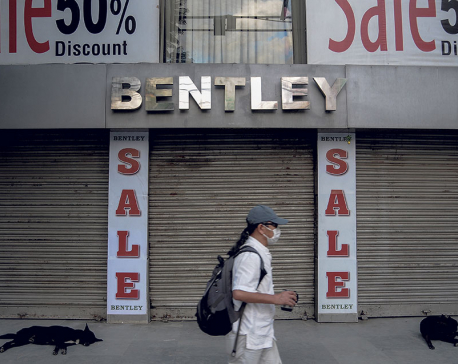
Ticking a Dashain box
It’s that time of the year again. Dashain is in the air and so are all of the season’s accompaniments... Read More...

Chelsea through on penalties, Bournemouth lose to Wigan
LONDON, Jan 18: Chelsea won a penalty shootout to beat second-tier Norwich City on Wednesday and sneak into the FA Cup... Read More...
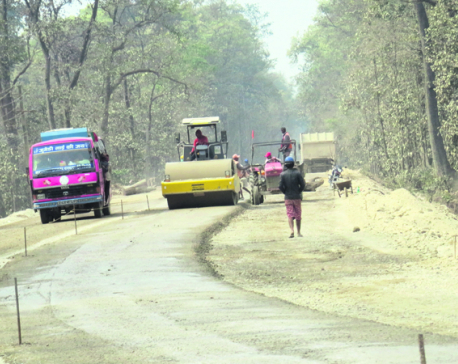
Rs 7 billion spent on ritualistic inspections, monitoring
KATHMANDU, Aug 17: Even as billions are spent on the inspection and monitoring of various big and small projects in... Read More...





Just In
- No best employee award for eighth consecutive year
- NAC blames govt and CAAN for failure to generate profit
- ‘Bribe-seeking’ DSP Shahi suspected of involvement in terrorist activities
- Foreign companies took over Rs 150 billion in dividends from Nepal in eight years
- PM Oli confers awards on 40 civil servants
- Germany to provide Rs 7.5 billion in grant to Nepal
- PM Oli says no immediate prospects for salary increment for civil servants
- Cyclist dies in motorcycle collision in Nawalparasi





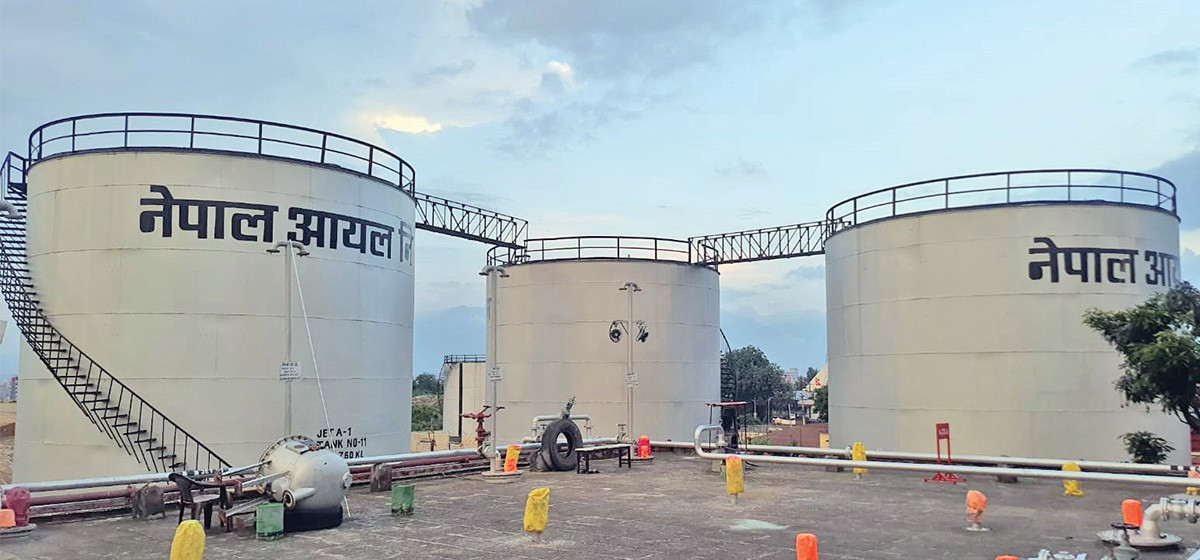
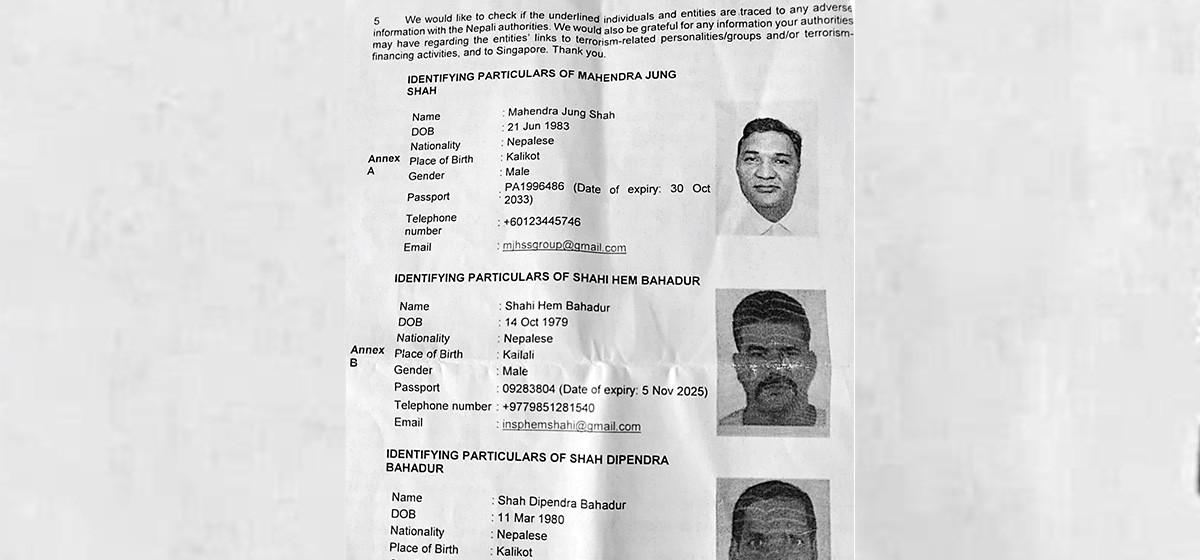




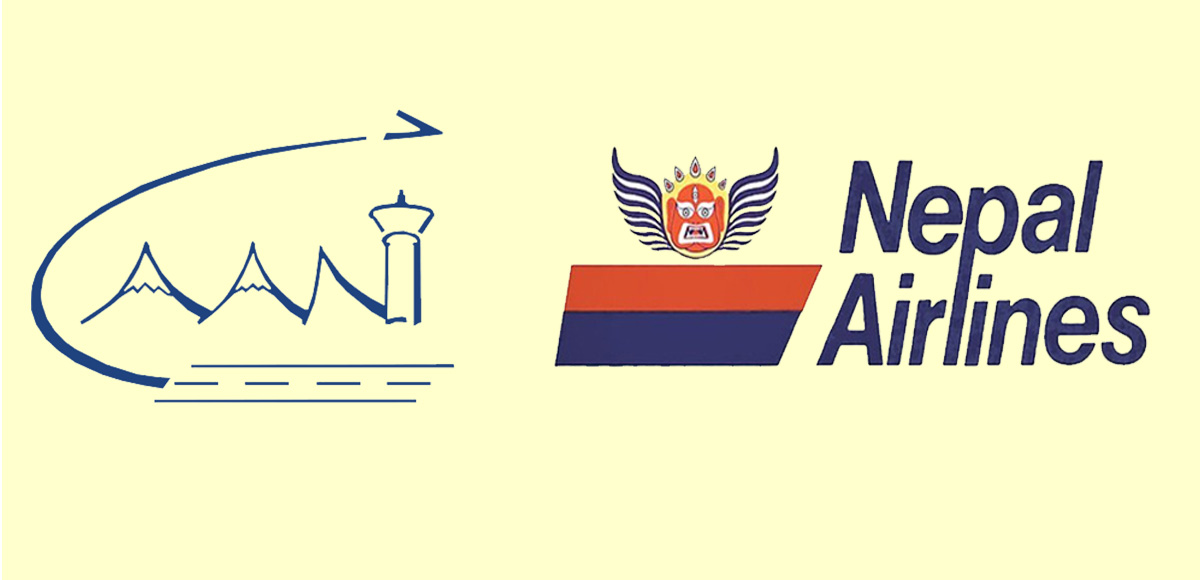


Leave A Comment